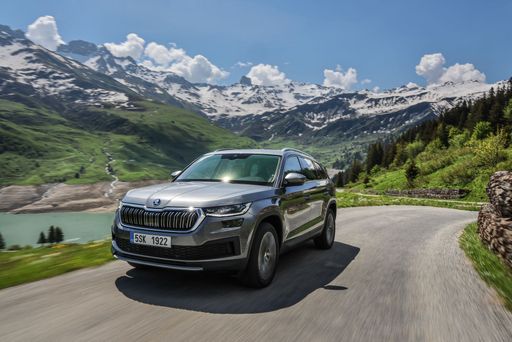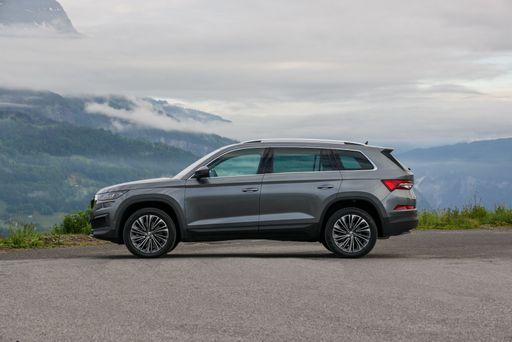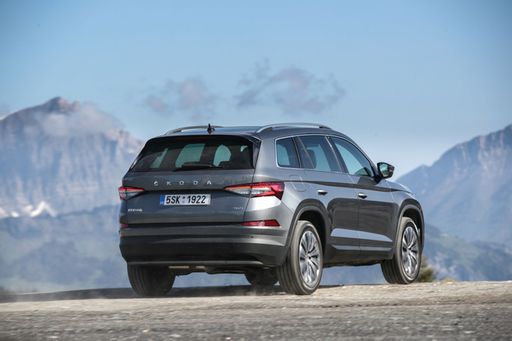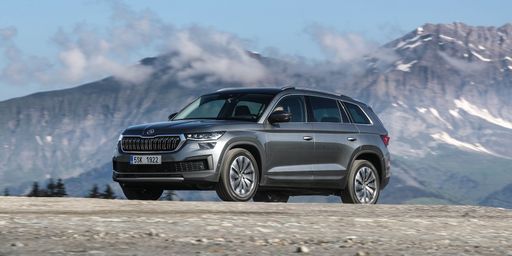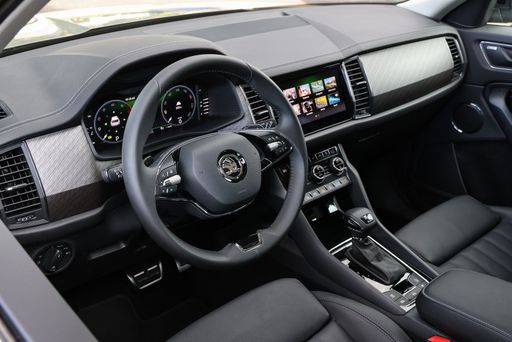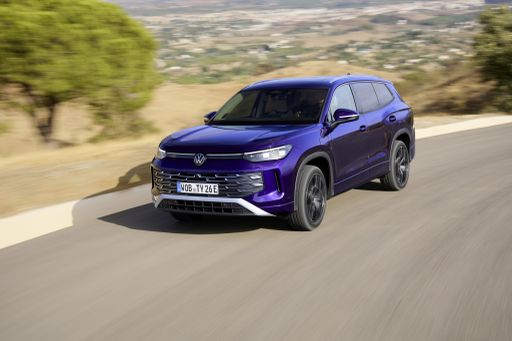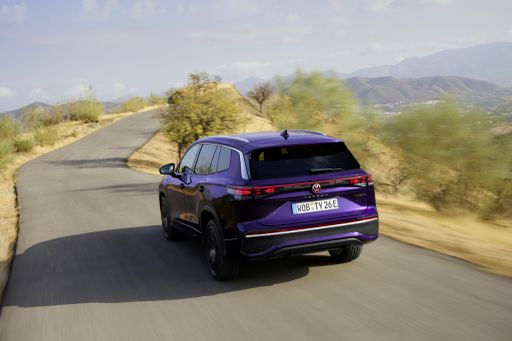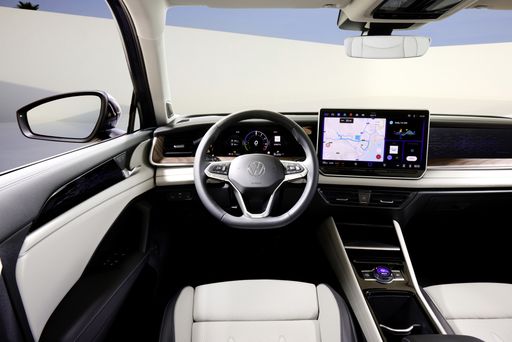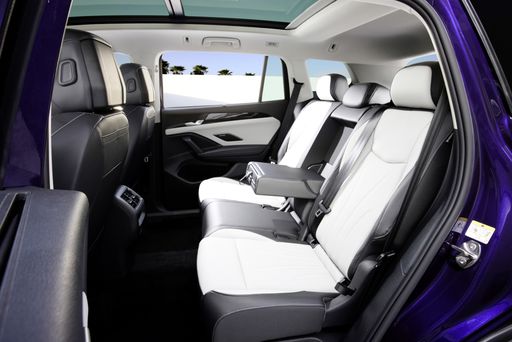Dress for the driveway
If you judge a car by its wardrobe, the Kodiaq arrives in practical, purposeful cuts while the Tayron wears a sleeker, more upscale coat. The Kodiaq feels like the sensible family member who never tries too hard, offering honest engineering and few surprises. The Tayron, on the other hand, leans toward polish and presence, with styling that whispers premium even before you get inside. Both have character, but each speaks to a different kind of buyer.

